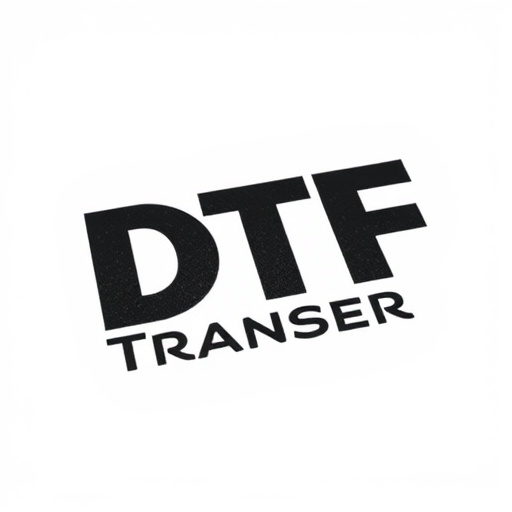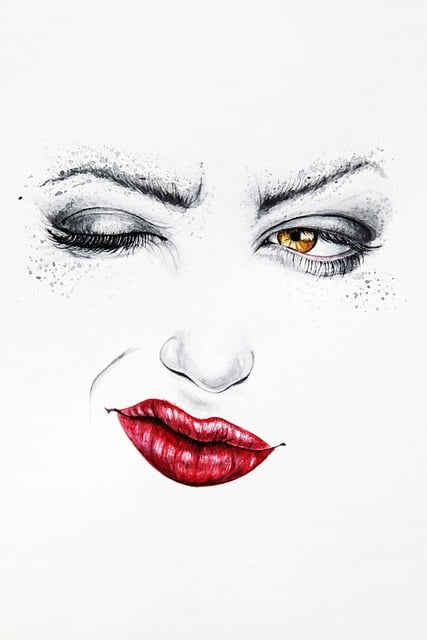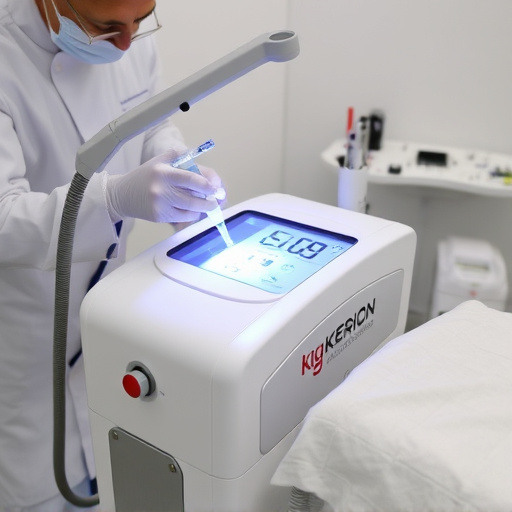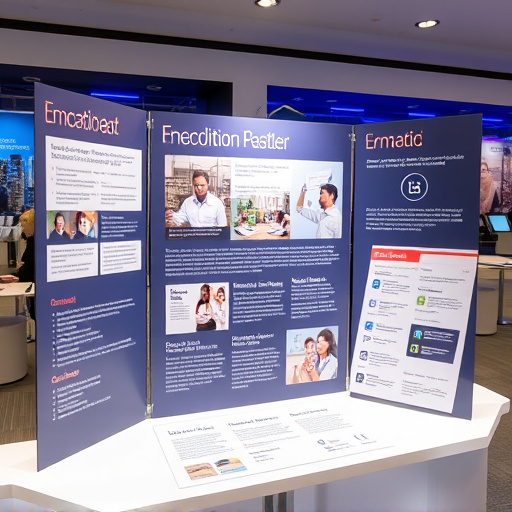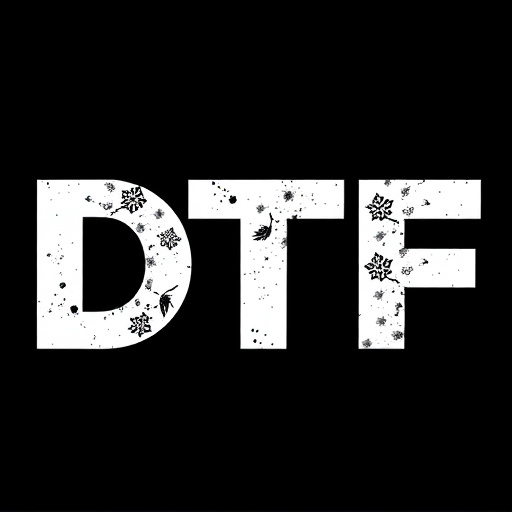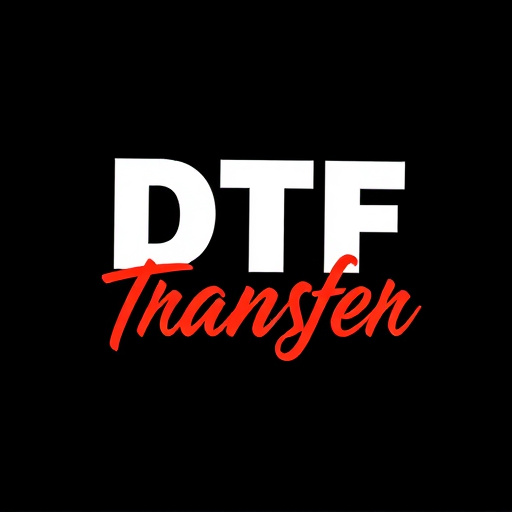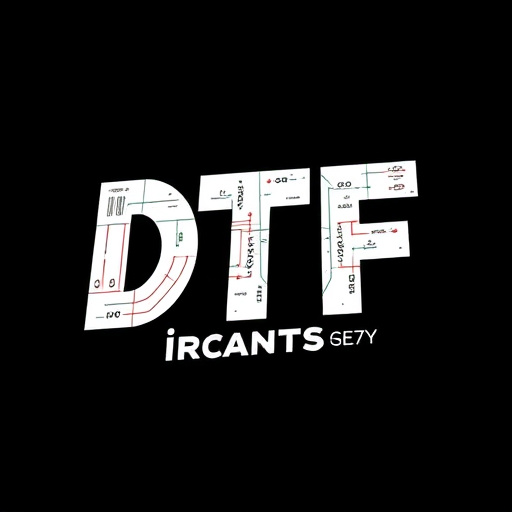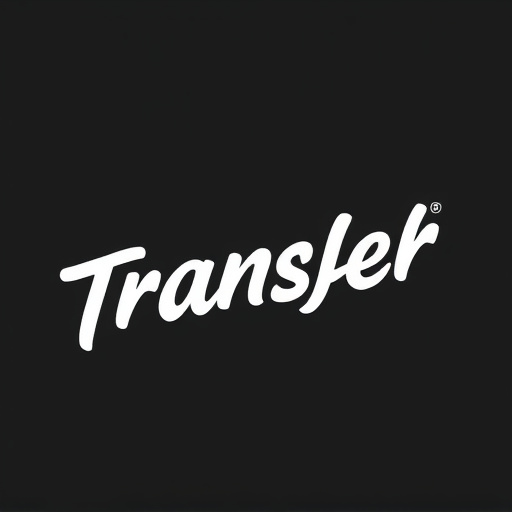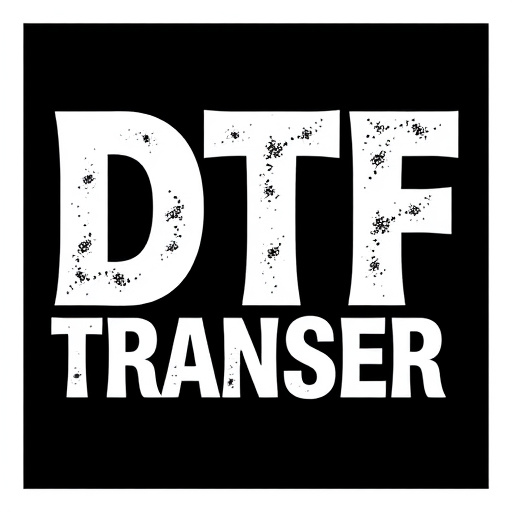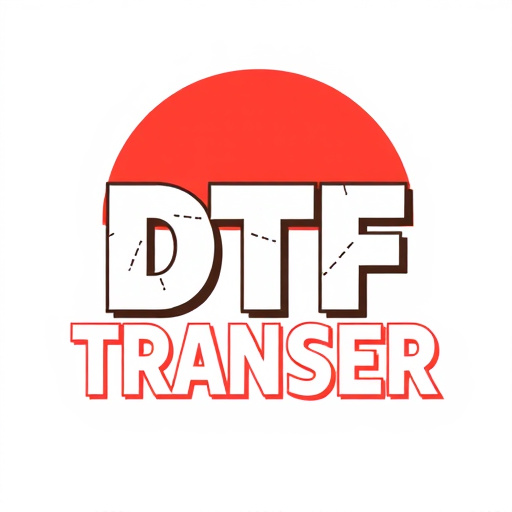DTF (Direct to Fabric) transfer printing is a modern, efficient method for creating custom prints on various fabrics. By digitally submitting intricate designs via specialized software, this process offers faster turnaround times, superior durability, and vibrant color retention compared to traditional methods. Pre-arranged design templates simplify the process, reducing costs and speeds up production, making high-quality DTF prints more accessible. The technology begins with digital artwork optimized for printing, transferred onto a film, and then precisely applied to the substrate using specialized ink. Following best practices for design preparation ensures visually stunning outcomes. DTF printing has revolutionized industries, enabling businesses to create unique, personalized products at scale while enhancing productivity and customer satisfaction.
Discover the revolutionary world of DTF (Direct to Film) Transfer printing with pre-arranged designs. This innovative process streamlines the design and printing journey, offering unparalleled precision and efficiency. In this comprehensive guide, we explore the benefits of submitting custom DTF prints designs, from understanding the DTF transfer technology to real-world applications. Learn about the advantages, behind-the-scenes process, and best practices for creating impactful DTF prints.
- Understanding DTF Transfer and Its Benefits
- Pre-Arranged Designs: A New Approach to DTF Printing
- Advantages of Submitting Customized Designs
- The Process: From Concept to Physical Print
- Best Practices for Creating Effective DTF Prints
- Real-World Applications and Success Stories
Understanding DTF Transfer and Its Benefits
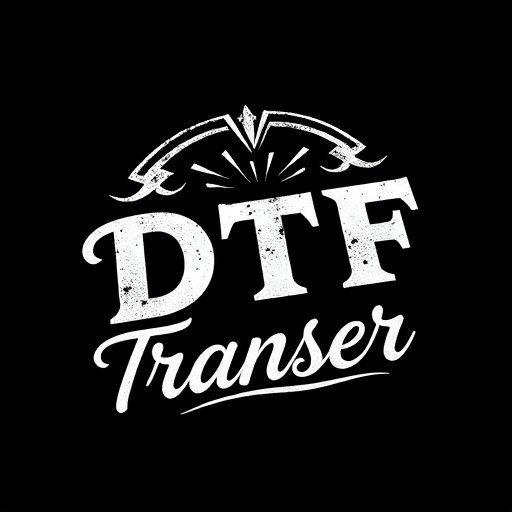
Understanding DTF Transfer and Its Advantages
Direct to garment (DTF) transfer printing is a cutting-edge method that revolutionizes the way we create custom prints on various fabrics, including T-shirts, mugs, and more. This innovative technique allows designers and printers to submit pre-arranged designs digitally, ensuring precise and high-quality results. By using specialized software, intricate patterns and detailed graphics can be seamlessly integrated into the printing process.
One of the key benefits of DTF transfer lies in its versatility and efficiency. It offers a faster turnaround time compared to traditional methods, making it an ideal choice for bulk orders or time-sensitive projects. Additionally, DTF prints provide superior durability and vibrancy, ensuring that colors remain rich and designs last longer on garments. This technology has truly transformed the printing industry by giving businesses and creators the freedom to bring their artistic visions to life with ease.
Pre-Arranged Designs: A New Approach to DTF Printing
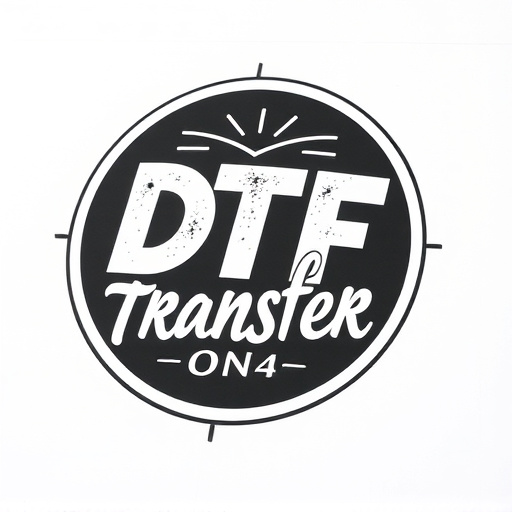
In the realm of DTG (Direct to Garment) printing, a revolutionary approach has emerged—pre-arranged designs for DTF (Direct to Fabric) printing. This innovative method is transforming the way we create and produce custom garments and prints. By offering pre-designed templates, print shops and artists can streamline the process, making it more efficient and accessible. Customers now have the option to choose from a curated selection of designs, tailored to various themes and styles, which can then be seamlessly printed onto fabric using DTG technology.
This new approach simplifies the customer journey, eliminating the need for complex design work before printing. With pre-arranged designs, individuals and businesses can quickly select their preferred artwork, ensuring faster turnaround times and reduced costs. It’s a game-changer for those seeking high-quality, unique DTF prints without the traditional design process, fostering a vibrant and diverse range of creative options in the DTG industry.
Advantages of Submitting Customized Designs
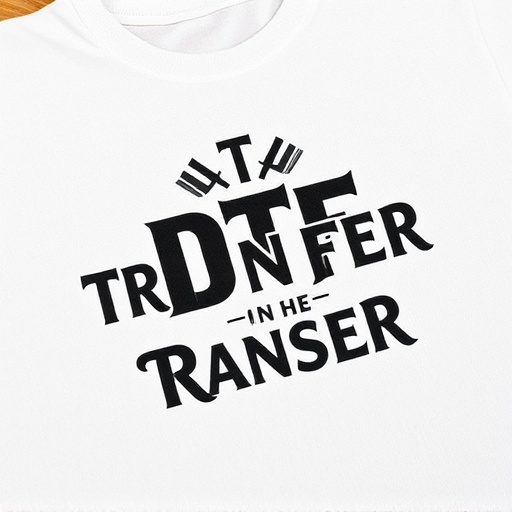
Submitting custom designs for DTF (Direct to Fabric) printing offers a multitude of advantages that cater to both creators and businesses. One of the key benefits is the ability to achieve unique, personalized prints with intricate details and complex color schemes. Unlike standard templates, tailored designs allow for an unmatched level of creativity, enabling artisans to bring their vision to life exactly as intended.
Additionally, this approach streamlines the printing process. By pre-arranging designs, creators can save time and effort, ensuring a seamless experience from concept to finished product. It also facilitates better control over quality, as any adjustments or refinements can be made at the design stage itself. This precision translates into superior DTF prints, resulting in vibrant colors, crisp lines, and exceptional detail retention.
The Process: From Concept to Physical Print
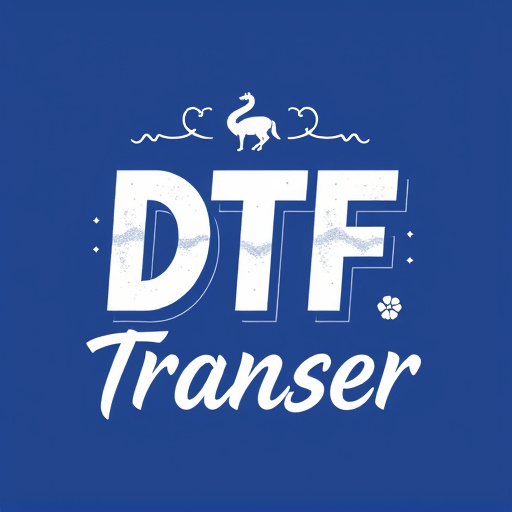
The journey from concept to physical DTF print begins with a clear vision and precise planning. Designers create digital artwork or illustrations, ensuring they meet the technical requirements for DTF printing. This process involves optimizing images, choosing the right color profiles, and preparing the design for seamless transfer onto the substrate. Once the digital file is finalized, it’s ready to be submitted for printing.
The actual DTF printing process is both scientific and artistic. The pre-arranged design is transferred onto a specialized DTF film using advanced printing technology. This film acts as a conduit, precisely applying ink to the substrate below. After printing, the DTF transfer is carefully cured, forming a durable bond with the material. The result is a vibrant, high-quality DTF print that brings the original concept to life, offering a unique blend of digital precision and physical texture.
Best Practices for Creating Effective DTF Prints

When creating designs for DTF (Direct to Fabric) printing, adhering to best practices ensures high-quality and visually appealing results. Start by optimizing your design files for printing; use vector graphics whenever possible as they offer sharper details and scale better. Ensure your images have sufficient resolution, typically 300 DPI or higher, to maintain crispness in the final prints. Color accuracy is also crucial; calibrate your color profile and use CMYK color mode to match the DTF transfer colors accurately.
Avoid intricate details that might blur or become distorted at smaller sizes. Keep text legible by using a minimum font size of 12 PT, and consider adding outlines or strokes to enhance readability. For optimal DTF prints, avoid solid-color backgrounds as they can affect the transparency of the design when transferred to fabric. Instead, use transparent backgrounds or white spaces for a clean finish. Lastly, test your designs on different fabrics to understand how colors render and adjust accordingly.
Real-World Applications and Success Stories
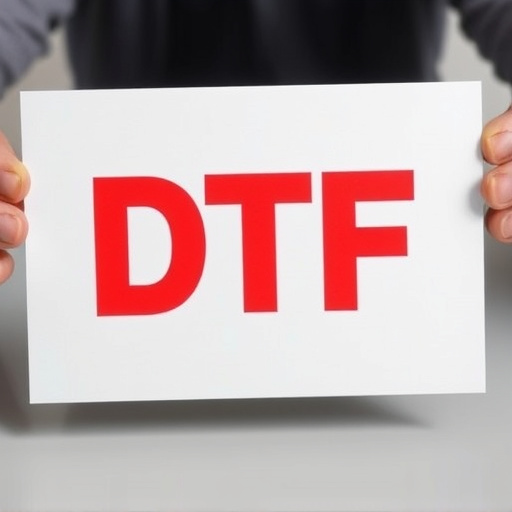
In various industries, the ability to submit pre-arranged designs for DTF (Direct to Fabric) printing has opened up a world of possibilities. From fashion and apparel to home decor and even automotive accessories, DTF Transfer technology allows for complex, high-quality prints on a variety of materials with minimal setup time. This efficiency is particularly appealing for businesses looking to offer custom, personalized products at scale.
Many success stories highlight the real-world benefits of this method. For instance, small businesses have been able to compete with larger manufacturers by leveraging DTF Printing to create unique, limited-edition items. Similarly, e-commerce brands have seen increased customer satisfaction and retention rates due to their ability to offer customizable, on-demand DTF Prints that perfectly match individual preferences. These applications demonstrate how pre-arranged design submissions for DTF printing can drive innovation, enhance productivity, and ultimately provide a better experience for both businesses and consumers alike.
